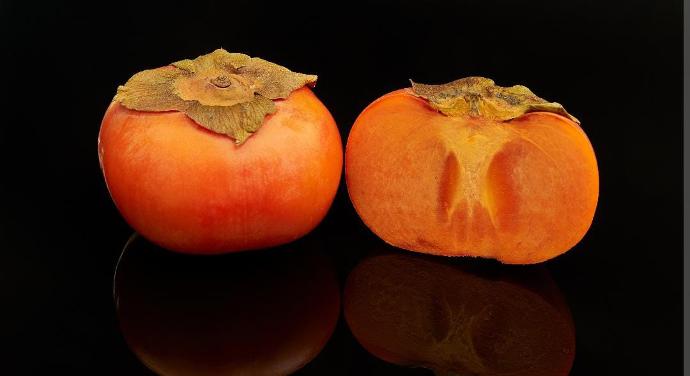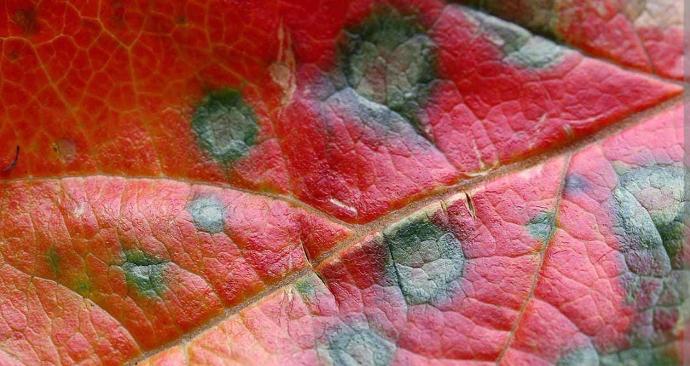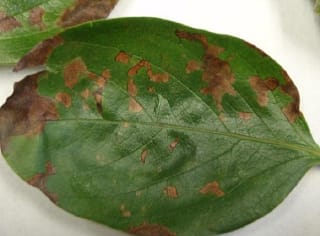Common Persimmon
Common persimmon trees, 30-60 feet tall in Zones 4-9, prefer well-drained soil and full sun for moderate growth. They produce sweet and edible persimmons, valued for their unique flavor.

Habit
Tree
Height
5-20 m
Growth
Moderate
Soil
Well-drained loamy soil
Shade
Full Sun
Moisture
Moderate
Edible
Yes
Medicinal
Yes
Origin
North America
Climatic Condition
Temperate, Subtropical
Temperature (°)
-10-35°C
Humidity (%)
40-80%
Potting media
Peat, compost
Fertilizers
NPK 10:10:10
Watering
Moderate watering
Plant Weight
5-10 kg
Flowering Time
Spring
Soil Ph level
6.0 - 7.5
Water Ph level
6.0 - 7.5
Soil EC
1-2 dS/m
Yield Per Plant
150-200 kg of fruit annually
NPK ratio
10:10:10
life Span
50+ years
Health Benefits
Rich in vitamins A, C, antioxidants
Suggested Grow Media or Potting Mix ?
60% loamy soil, 20% compost, 20% sand
Suggested Fertigation/Fertilizers
Fertilize every 6 weeks with a balanced, slow-release fertilizer.
Common Diseases and Remedies
leaf spot,persimmon wilt.
ugly spots on leaf ,sudden wilting and defoliation.
-neem oil.
HEALTH BENEFITS
- High in fiber, which aids digestion.
- Contains antioxidants like vitamin C and beta-carotene.
- May support heart health by reducing cholesterol levels.
- Traditionally used for treating diarrhea and sore throats.
What Is An common persimmon Tree?
The common persimmon (Diospyros virginiana) is a deciduous tree that can grow up to 132 feet tall in its natural environment. It's also called simmon, possumwood, and Florida persimmon. The common persimmon is native to Connecticut to Florida, and west to Texas and Kansas. It has a slender, oval-rounded form, and is usually symmetrical in outline. The tree has simple, alternate leaves that are 2–6 inches long and 1–3 inches wide.

What Are The Different Types Of Common persimmon Plants?
1. Fuyu
A non-astringent persimmon that is crunchy, yellow-orange, and shaped like a tomato. Fuyu persimmons are best when they are barely soft.
2. Hachiya
An astringent persimmon that is acorn-shaped, bright orange and red in color, and very soft. Hachiyas are very tart unless extremely ripe. Ripe are soft, with a silky smooth pulp inside.
3. American persimmon
A native American persimmon with bright orange fruit, a distinctive beak at the base, and checkered gray-brown bark.
4. Jiro persimmon
A persimmon species that looks very similar to Fuyu persimmon, but it is flatter and squarish compared to Fuyu persimmon.
5. Sheng
This cultivar has distinctly gelatinous, medium to large fruit that's ready to pluck from mid-September to mid-October.

How to care for Common persimmon Plants ?
1. Location
They can be grown in temperate and subtropical regions, and in tropical regions to meet domestic demand. In India, persimmons are grown in Jammu & Kashmir, Himachal Pradesh, Tamil Nadu, and Uttarakhand.
2. sunshine
Persimmon trees need at least eight hours of direct sunlight in early summer.
3. soil
Persimmons prefer well-drained soil that's not wet, as wet roots can cause the tree to rot. When planting, dig a hole that's twice as wide as the root ball and the same depth.
4. Hydration
Water newly established persimmon trees deeply at the roots once a week, unless there is a prolonged drought. For light or sandy soil, water twice a week, and for clay soil, water once a week.
5. Nutrition
Apply a commercial N-P-K fertilizer, such as 8-18-8, about three or four times a year at a rate of 2-3 pounds per plant. Work the granular fertilizer into the soil around the root zone of the plant and water

6. Issues
Leaf Curling: In extreme weather, too much sun, or not enough humidity, leaves may curl as a defensive response.
Fruit Drop: Too much shade (less than 6 hours without shade on a summer day) or extreme dryness (which also causes leaves to fall early) can cause fruit to drop. Another possible cause of the loss of ripe persimmon fruits is an excess of nitrogen fertilizers.
What are the Benefits of Common persimmon Plants ?
Rich in vitamins, minerals, fiber and useful plant substances. Leaves are rich in vitamin C and can be used as an anti-scurvy drug to help with scurvy. Heart Health: Persimmons can lower bad cholesterol and blood pressure. They contain antioxidants such as flavonoids, which help fight oxidative damage and reduce the risk of chronic diseases such as heart disease.

FAQs About Growing common persimmon
1. Where do persimmon trees grow best?
When picking a location for your tree, try to find a well-drained area with sandy loam soil.
2.What is special about a persimmon tree?
The common persimmon (Diospyros virginiana) is a deciduous tree that is grown for its beautiful foliage and edible fruit, and it is prized for its beauty and wood density.
3.Do persimmons grow fast?
Persimmons are not fast-growing fruit trees. Japanese persimmon trees might not produce fruit for five to six years or longer.
4.What is the lifespan of a persimmon tree?
The persimmon tree begins to bear fruit after 3 to 5 years and has an average life span of 60 years.
5.Why is persimmon fruit expensive?
The main reason is the increased cost of labor. Since persimmons are harvested manually, labor is one of the main costs for growers



